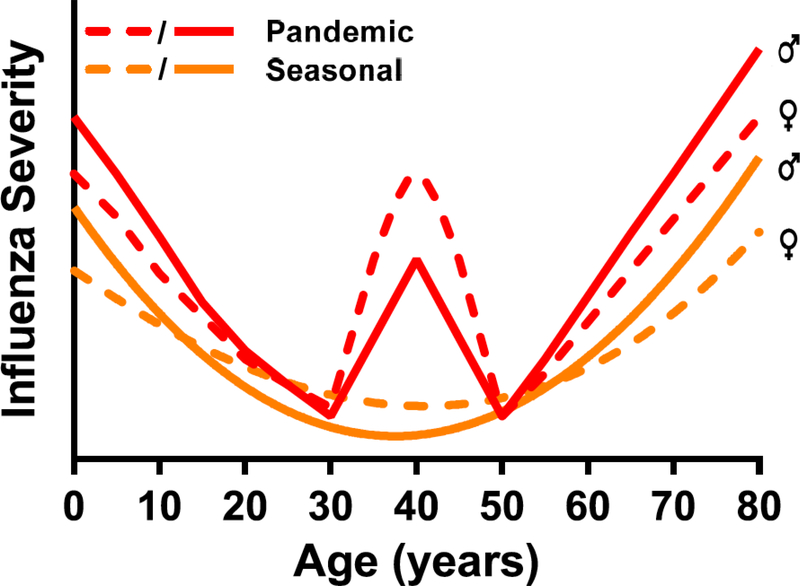Figure 1. Differential severity of seasonal and pandemic influenza A viruses (IAVs) based on age and sex.
During typical seasonal IAV epidemics, young children (<10 years of age) and aged adults (>65 years of age) are at greatest risk of severe disease. In contrast, during pandemics of IAVs (e.g., the 2009 H1N1 pandemic), in addition to children and aged adults, young adults of reproductive ages often experience disproportionately more severe outcomes. Layered on top of the age distribution is the observation that among children and aged adults, males tend to suffer more severe outcomes than females, whereas females experience more severe outcomes of both seasonal and pandemic IAVs during the reproductive years. Although pregnancy is one factor that impacts female-biased susceptibility to IAVs during the reproductive years, other factors, including greater risk of inflammation and tissue damage, may also contribute (2).

